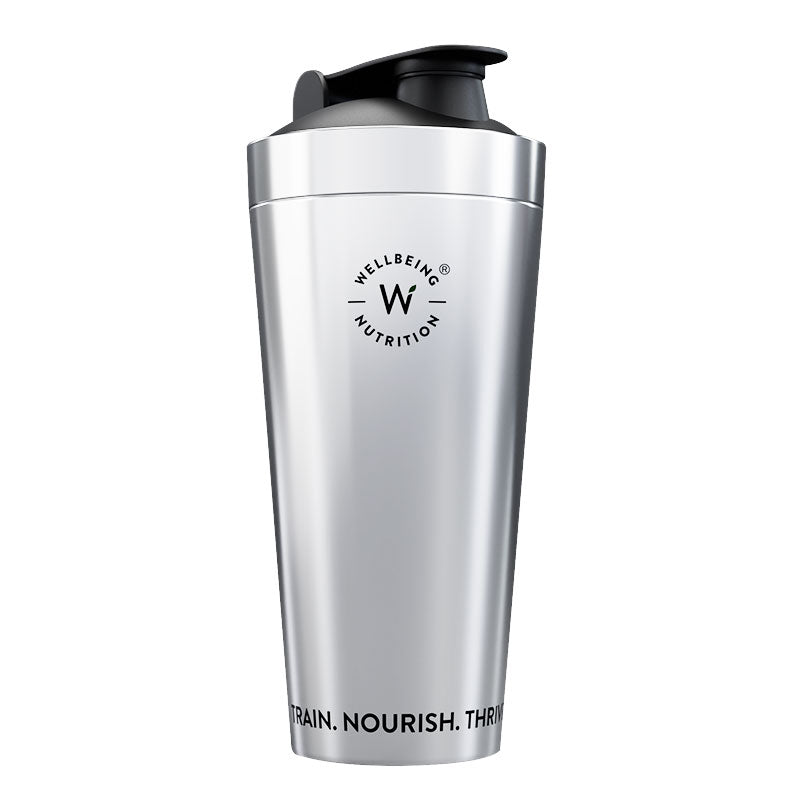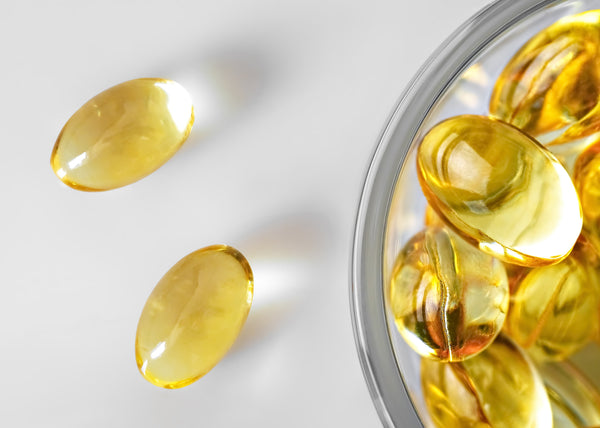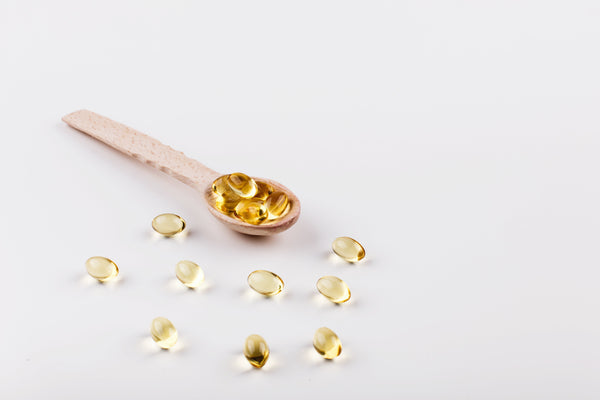Cramps. Sometimes they’re just a dull ache, other times they completely throw off your day. If you’ve ever curled up with a hot water bottle and thought, “There has to be a better way,” you’re not alone.
Magnesium might be that better way. It’s a simple, natural mineral that supports muscle relaxation and could make your cycle a little easier to handle. In this read, let’s know more about how it works and how to get more of it into your routine.
First, Let’s Talk About What Causes Period Cramps
Cramps, or dysmenorrhea, are caused by the release of hormone-like substances called prostaglandins. These trigger the uterus to contract, helping it shed its lining—but higher levels of prostaglandins can lead to stronger, more painful cramps.
While everyone's body responds differently, some experts believe that addressing underlying inflammation and muscle tension can help ease monthly discomfort. This is where magnesium enters the chat.
How Magnesium Helps with Menstrual Cramps
If you’ve ever wondered why magnesium gets so much credit when it comes to easing period pain, here’s a breakdown of what it’s actually doing inside your body:
1. Relaxes the uterine muscles
During menstruation, your uterus contracts to help shed its lining, and those contractions are what lead to cramps. Magnesium plays a key role in muscle relaxation by regulating calcium levels in muscle cells.
When there's too much calcium, muscles tend to contract. Magnesium competes with calcium, helping to calm those overactive muscles. [NIH] In short? Less tension = less pain.
2. Reduces the production of prostaglandins
Prostaglandins are hormone-like substances that trigger inflammation and pain responses. During your period, high levels of prostaglandins are released to stimulate uterine contractions.
Magnesium helps by reducing the synthesis of excess prostaglandins, effectively dialing down the inflammatory response and easing both cramp intensity and overall discomfort. [IJWHR]
3. Supports serotonin production and mood regulation
Fluctuating hormone levels during your cycle can impact your mood, often leading to irritability or feeling low. Magnesium plays a role in the production of serotonin, the feel-good neurotransmitter, which can help you feel more emotionally balanced during your period. [NIH]
So, while it’s helping your muscles relax, it’s also helping your mood stay more stable.
4. Improves sleep quality and reduces fatigue
Sleep often takes a hit during menstruation, especially if cramps are waking you up or making it hard to fall asleep. Magnesium helps activate the parasympathetic nervous system, which is responsible for helping the body relax.
By increasing GABA (a calming neurotransmitter), magnesium can help you get deeper, more restorative sleep—which is essential when your body’s under stress. [ScienceDirect]
How to Add Magnesium to Your Daily Routine
If you're thinking about giving magnesium a go, you’ve got two paths: food and supplements. Ideally, it’s a combination of both. Here’s how to make it work for you:
Magnesium-Rich Foods Worth Adding to Your Plate
Magnesium is found in a variety of whole foods—particularly plant-based options. Think of it as your body’s way of nudging you toward nutrient-dense eating.
-
Dark leafy greens (like spinach, Swiss chard, and kale): These are powerhouses for magnesium and iron—two nutrients often needed during menstruation.
-
Pumpkin seeds and sunflower seeds: Just a handful offers a generous dose of magnesium.
-
Almonds, cashews, and peanuts: Snack-worthy and satisfying, these nuts are magnesium-rich and loaded with healthy fats.
-
Legumes (like black beans and chickpeas): These offer plant-based protein and fiber, along with magnesium.
-
Avocados: Smooth, creamy, and packed with potassium and magnesium.
-
Bananas: Known for potassium, but also offer a modest dose of magnesium—plus they help fight sugar cravings.
-
Dark chocolate (70% or higher): Yes, it counts. One or two squares can offer comfort and a magnesium boost.
What to Look for in a Magnesium Supplement
If your diet’s not quite covering your bases, supplements can help bridge the gap. But here’s where quality matters. Magnesium comes in different forms, and not all are created equal.
-
Magnesium citrate: Known for its good absorption and gentle effect on the stomach.
-
Magnesium glycinate: A calming form that’s often recommended for sleep, anxiety, and muscle relaxation.
-
Magnesium bisglycinate: Highly bioavailable and easy on the digestive system.
-
Magnesium oxide: Found in many supplements, but less absorbable and may cause stomach upset in some people.
A thoughtfully formulated magnesium supplement often blends more than one of these to maximize absorption and effectiveness—especially during high-demand phases like your menstrual cycle. Look for third-party testing, minimal additives, and evidence-backed formulations when choosing your magnesium support.
If you experience regular period cramps, consistency is key. While some people report feeling a difference within a few days, it's seen that taking magnesium daily for at least 2–3 months yields the best results.
It’s also worth noting that magnesium can support overall well-being—think better sleep, improved digestion, and reduced stress, all of which can help your body cope with menstrual symptoms more gracefully.
A Gentle Reminder: Before starting any supplement, it’s wise to consult a healthcare professional—especially if you’re already on medication or have underlying health conditions. Magnesium is generally safe, but too much of it can cause side effects like diarrhea or nausea.
Final Thoughts
There’s no magic fix for menstrual cramps, but magnesium might be one of the most overlooked tools in your wellness toolkit. With its ability to relax muscles, tame inflammation, and support hormonal harmony, this essential mineral can be a powerful ally for smoother cycles.
So, whether you're tossing some pumpkin seeds into your smoothie or choosing a high-quality magnesium supplement that fits your needs, consider giving this mineral a place in your monthly ritual. Your body—and your uterus—just might thank you.




























 DOWNLOAD NOW
DOWNLOAD NOW
